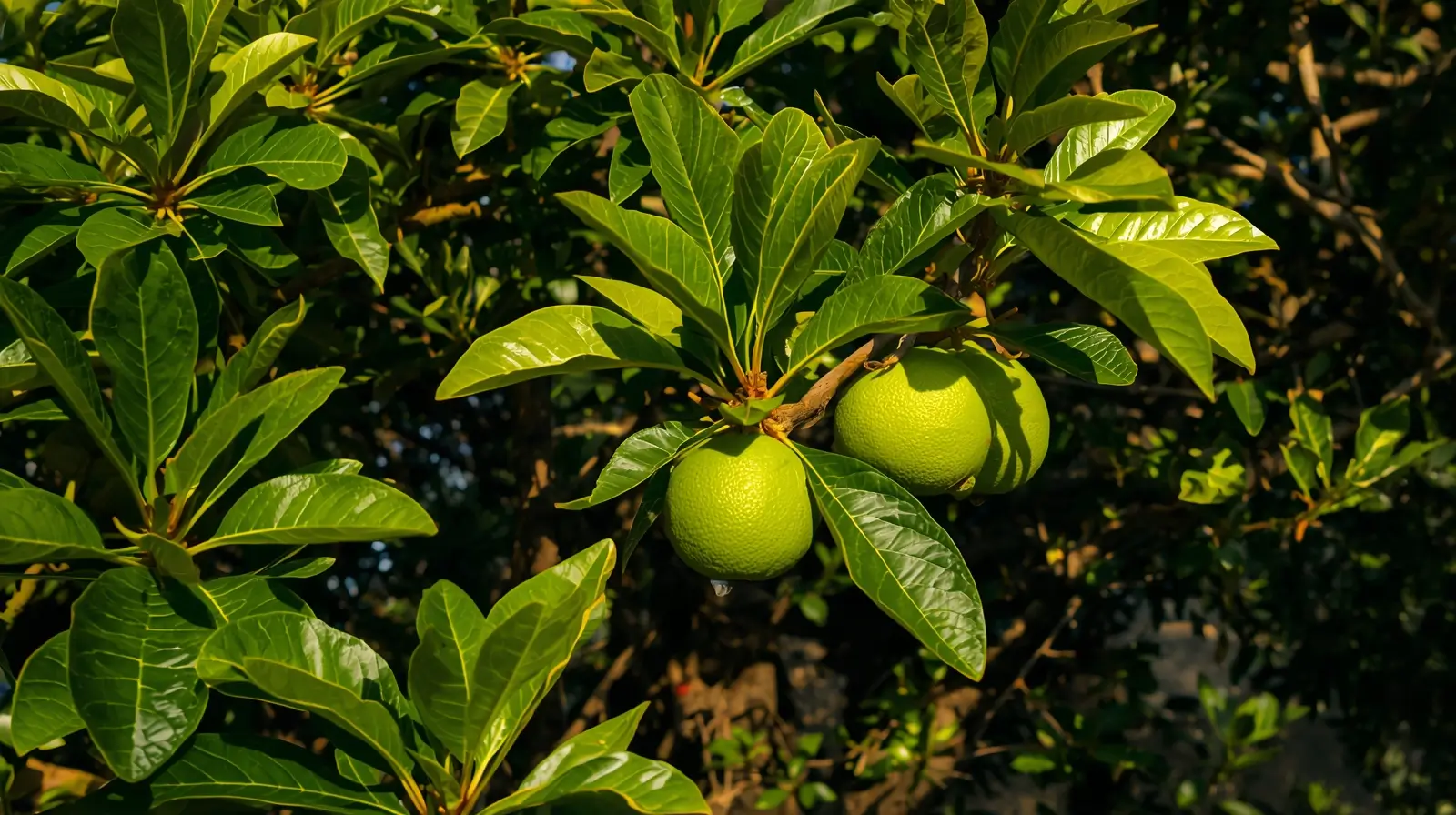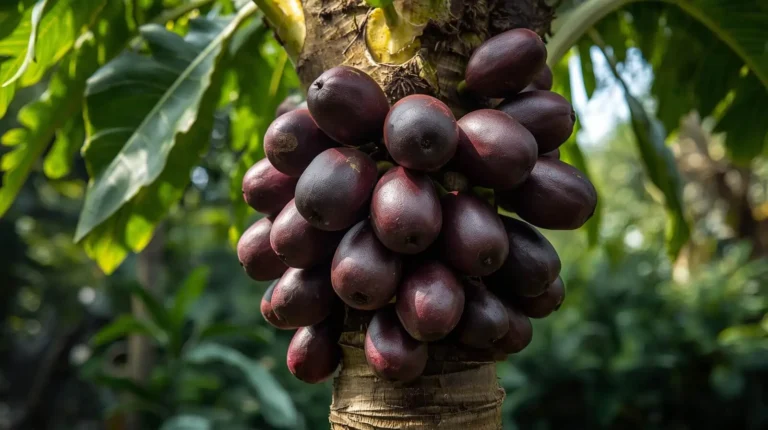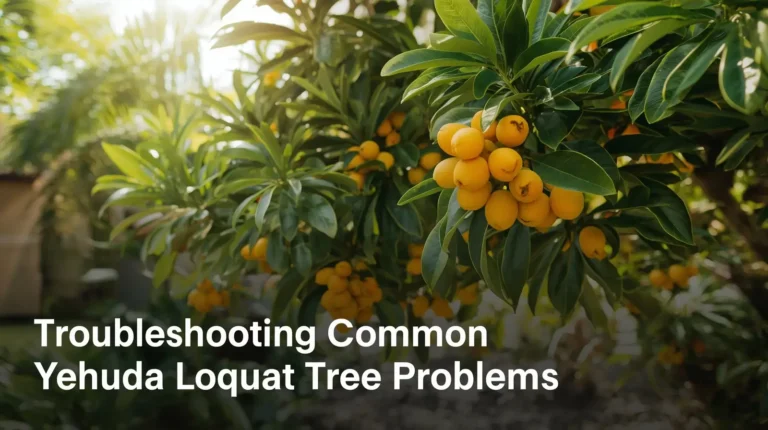I first learned to grow guavas when I wanted something popular yet special in my garden. The sweet and tart taste, along with the rich vitamins, minerals, and antioxidants, made the effort worthwhile. When you bite into the soft, colorful flesh, it can excite your tastebuds and nourish your body, especially when you are raising your own guava tree at home and focusing on guava tree care. It becomes a fun and rewarding experience, particularly when you see fruit forming on your homegrown varieties. Whether you are growing outdoors or keeping guava trees indoors, the process can be easy if you help the tree thrive with modest care. The nutrients like Vitamin C, Vitamin A, potassium, fiber, and lycopene naturally boost your immune system, and the fresh flavor can become something your family looks forward to. The sense of well-being that comes from nurturing a fruit tree truly appeals to people who love to grow something meaningful and edible.
When I started caring for my guava plant, I noticed how it responds warmly to attention and sunlight. The leaves and fruit tell you how they feel, and the tree itself becomes part of your daily rhythm. Watching it expand and shape itself around your living space gives you a gentle reminder to slow down and enjoy what nature has to offer. Growing it is not just gardening—it becomes part of your personal environment, something living that grows alongside you.
Tips on how to grow a guava plant
Select the Best Variety
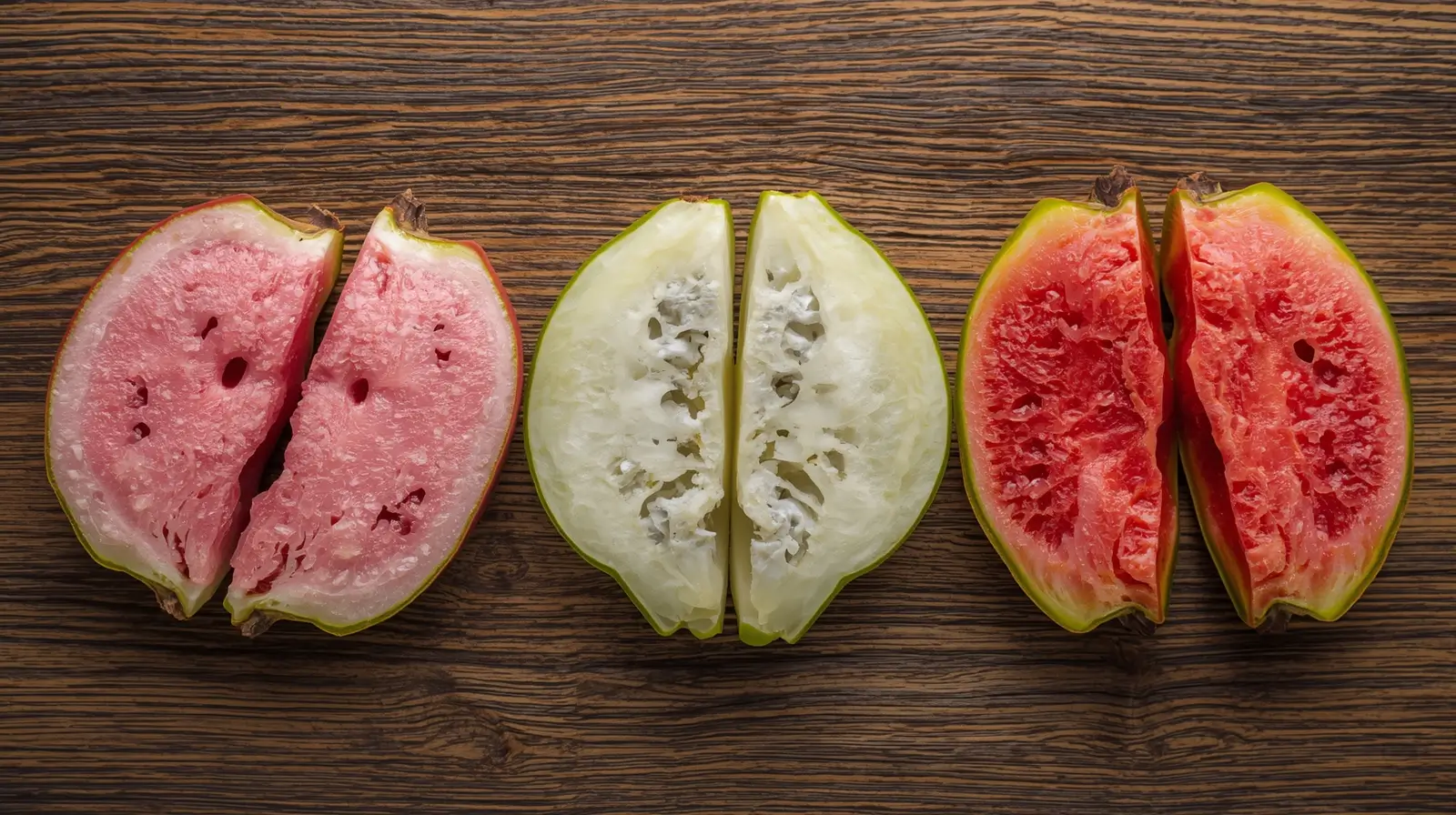
When choosing a guava tree, I always start by looking at the local climate because guava trees thrive in warm weather where temperatures stay close to 70°F to 95°F. Some varieties can handle cooler or hotter conditions, so I like to research what types are suited to my area before planting. I also think about taste, since guavas range from sweet to tart, and from soft to crunchy texture depending on the intended use. For example, dessert varieties are perfect when you want that sweet spot for out-of-hand snacking, while tart types are great candidates for kitchen creations like jams, juices, or even baked goods.
Pick the Prime Planting Spot
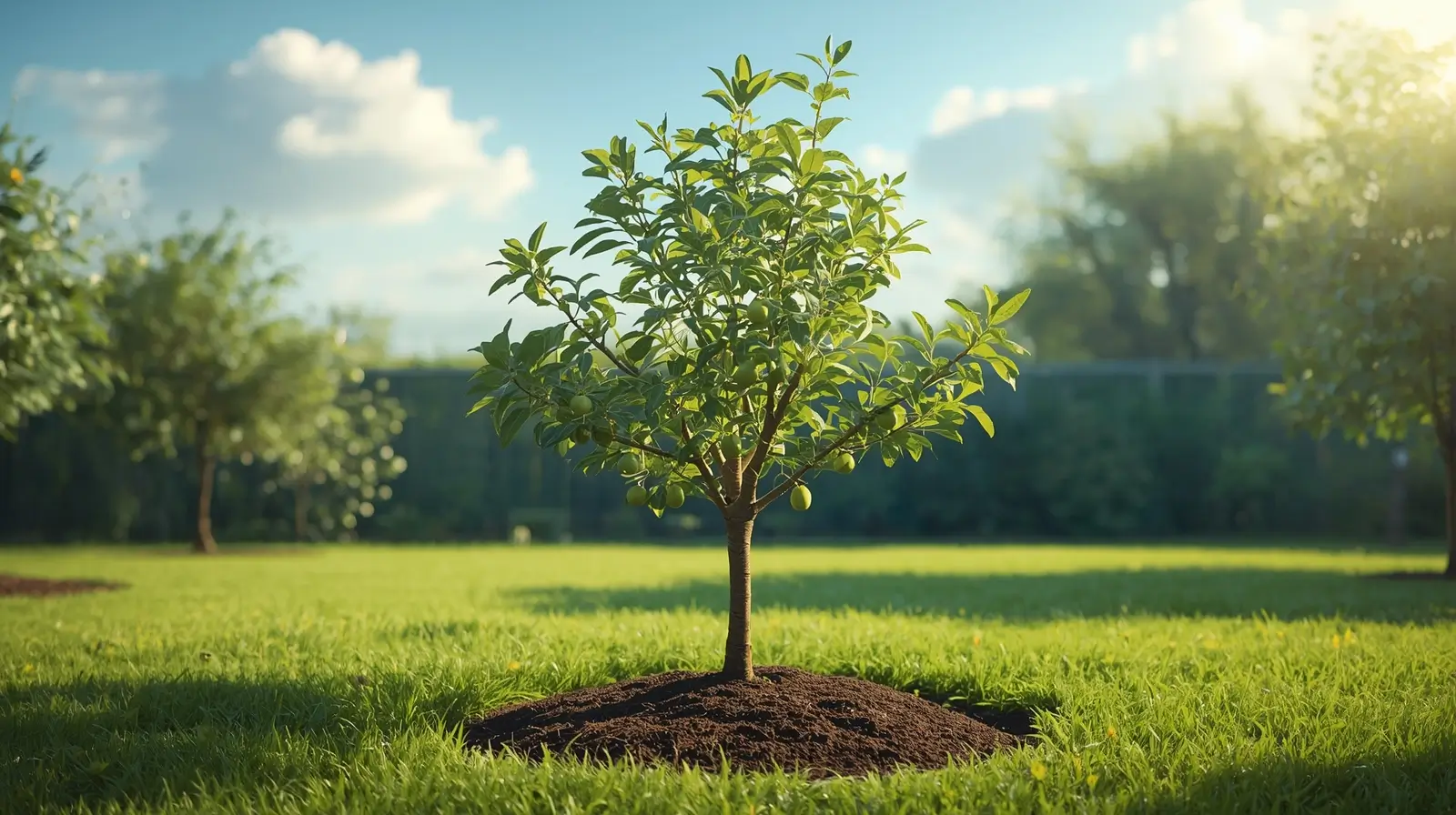
From my own experience growing guava trees, choosing a sunny spot with full sunlight exposure makes a big difference in the yield and quality fruit you get later. I always look for a space that is sheltered from strong winds, because they can damage the tender branches as the tree begins to ripen fruit. For easy care and good harvest access, I try to avoid planting in central areas of sprawling yards and instead position the tree near borders or landscape focal points. Doing this also showcases the attractive foliage and cute white blossoms that guavas produce as they are maturing.
If you enjoy growing tropical fruit trees, you may also like learning how to maintain healthy banana foliage:
Read Also: 3+ Shocking Reasons Your Banana Plant Leaves Turning Brown
Prep the Soil for Planting

When I prepare soil for my guava tree, I make sure the guavas can thrive by starting with fertile, well-draining soil that fits the ideal pH range of 5.0-7.0. I always test soil first and amend it so the plant can form healthy roots and support strong nutrient uptake. To boost fertility, I mix in aged compost or manure about a month before planting, allowing these organic materials to feed soil microbes, improve moisture retention, and enhance drainage. If soil pH needs adjusting, I use elemental sulfur to lower levels or limestone to raise levels, making sure all soil amendments fully interact before planting.
For science-based soil and care recommendations, see the University of Florida IFAS Guava Growing Guide
Planting with Care Pays Off
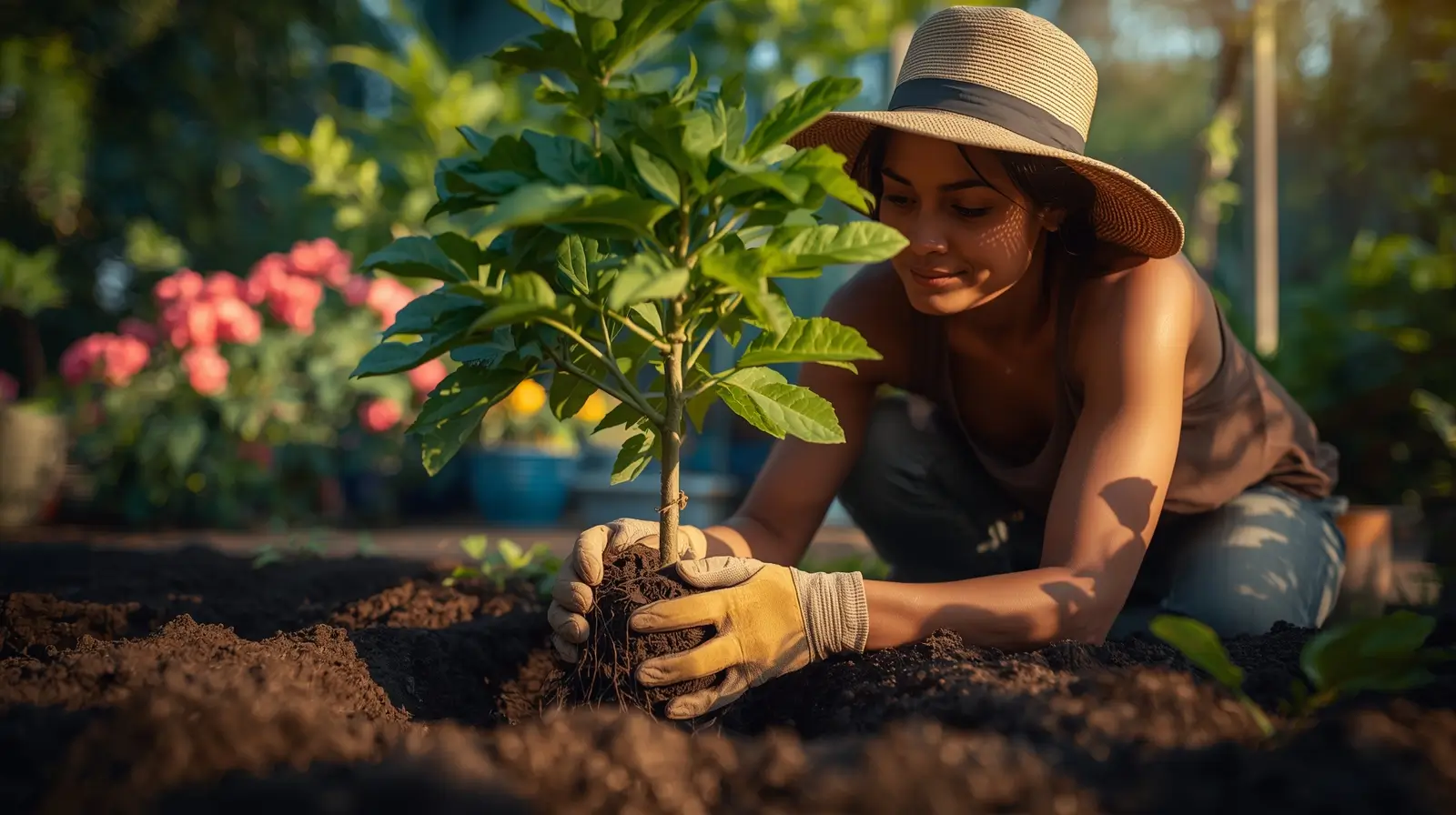
From my experience, spring or early summer are prime times for planting because the tree has a full growing season to establish before cooler weather arrives. When you plant a guava tree, start by dig holes about double the width and depth of the root ball. If you’re planting multiple trees, make sure to space them 10-15 feet apart for good air circulation. I always carefully place the root balls so the base of the trunk stays at ground level, then use enriched soil around it, gently firming as I go. After that, I water thoroughly so the soil is moist but not soaked, which helps the roots settle without stress.
When dealing with newly planted trees, I sometimes install stakes to secure them against wind, especially in open yards. I also apply mulch around the base to regulate soil temperature and moisture while suppressing weeds. These small details make a big difference in how well the tree adapts and grows.
Supply Ample Water for Lush Growth

In my experience with guava fruit tree care, proper watering is what helps guavas truly thrive. During the growing season, they need consistent moisture, especially in dry periods, so I always make sure to water young trees carefully. Even established plants benefit from watering during droughts or during fruiting stages. I usually saturate the top 12-18 inches of soil around the base, then let it become partially dry before soaking again. To make things easier, I sometimes install a pipe or soft tubing irrigation system to direct water flow right to the roots. I also mulch heavily with 2-4 inches of bark chips, compost, or other organic matter, which retains moisture, insulates roots, and helps in suppressing competing weeds. I always replenish mulch layer as needed to keep conditions steady.
It’s important not to overwater, because excess moisture can deprives roots of oxygen, promoting rot and disease. Paying attention to good drainage ensures the soil prevents waterlogging, which keeps the tree healthier and more resilient throughout its life.
Feed Growing Trees Key Nutrients
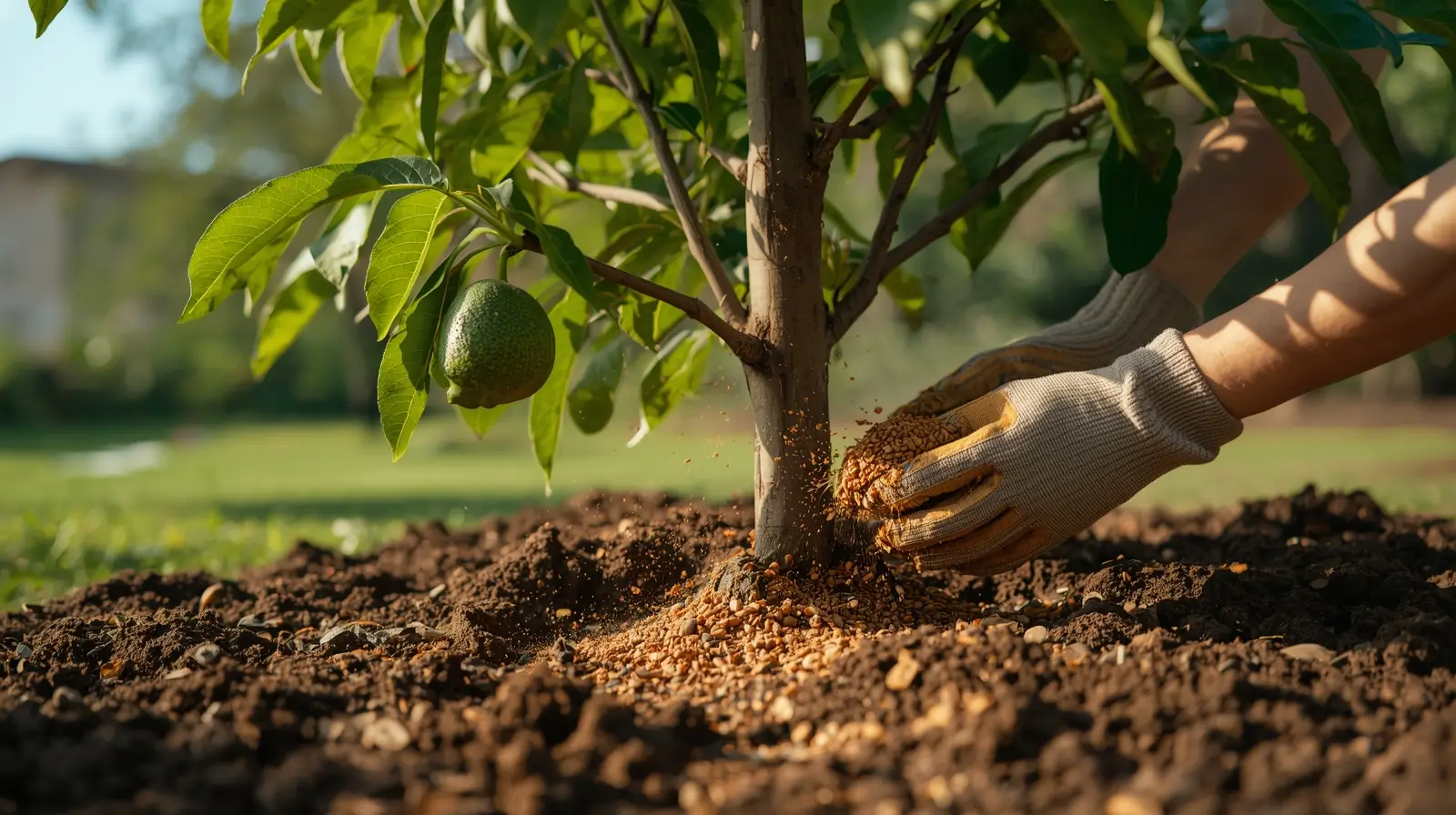
When I want my guavas to truly thrive, I make sure they receive essential macronutrients like nitrogen (N), phosphorus (P), and potassium (K) by using a balanced fertilizer with near-equal ratios of these beneficial nutrients. When growing for fruiting rather than just ornamental purposes, I give extra potassium after the first year because this nutrient energizes enzymes and aids guava tree fruiting. I also add supplemental magnesium, which is vital for fruit sweetness and richer flavor. I follow a consistent routine by applying fertilizer every 2-3 months during the first years, and then for mature trees, I provide less frequent nutrient additions as the tree becomes more established.
Prune for Prime Shape and Health

I’ve found that pruning guava trees early and regularly promotes airflow and removes crossed branches, helping the tree shapes into an attractive silhouette even in small spaces. Gentle pruning also stimulates new growth to fill bare spots and open up the center by thinning inward-facing branches. When I trim just above outward-facing buds, it helps direct expansion outward rather than inward. I like to limit pruning to cooler seasons, since rapid growth tends to follow. When I see removing dead wood or diseased wood is needed, I make smooth cuts just outside damaged areas to prevent spreading, and I always clean tools after working on infected branches to avoid contamination.
I monitor weekly for signs of stress such as yellowed leaves, stunted growth, or dropped fruit. If something seems off, I address root issues, watering issues, or pest issues right away to help distressed trees rebound. With steady attention, the tree responds noticeably and maintains a healthy growth pattern.
Protection from Cold
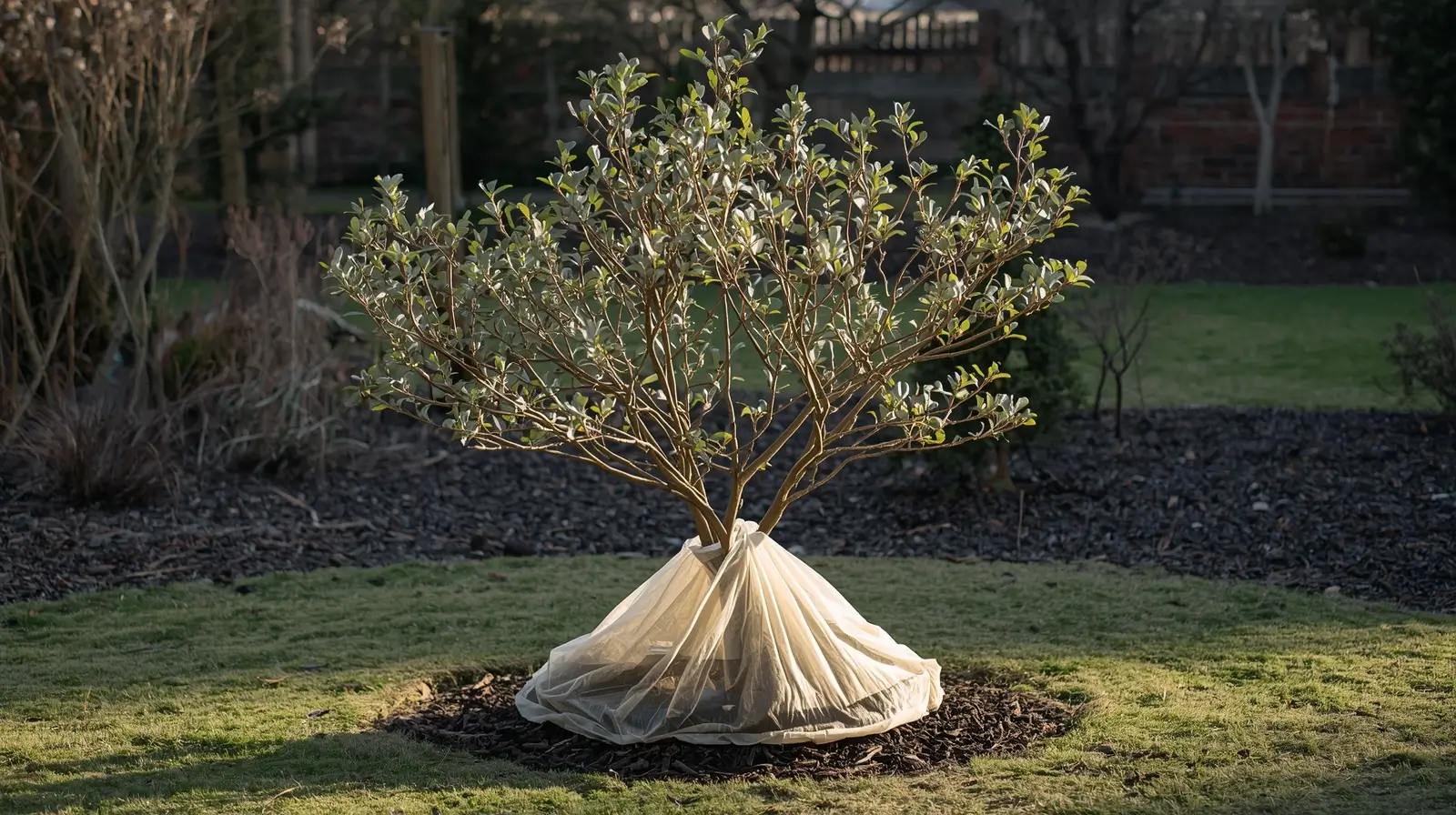
I’ve learned that young trees are especially vulnerable to frosts, so in northern zones I take special measures as soon as cool weather arrives. I insulate the base with mounded soil, leaves, mulch, or other organic materials, and I wrap the main trunk with a breathable tree wrap to ward off temperature swings. Even established trees with some cold tolerance still benefit from protection during the winter months. When spring comes, I remove blanket materials to avoid disease and allow soil warming, which helps the tree return to vigorous growth and support healthy fruiting in summer’s warmth.
Keep Pests in Check
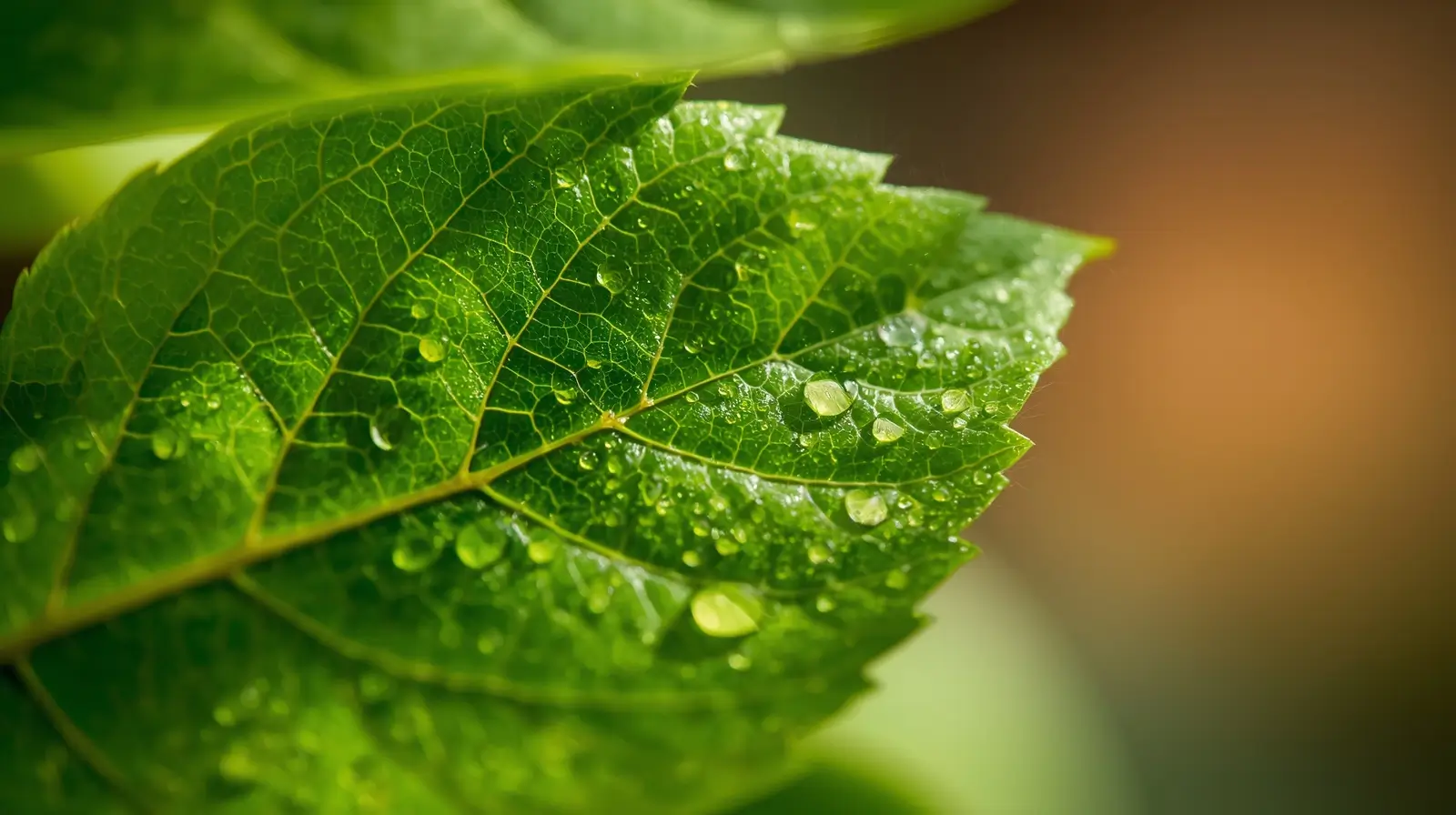
I’ve seen how guava moths and aphids can become common pests, attacking foliage and even attacking fruit if not managed early. By promoting airflow through careful pruning, you can deter spread and improve full sun exposure with minimal shelter for insects. I also keep the area around trees clean and free of dropped fruit and debris, since that’s where pests congregate. At the first signs of infestation, I apply organic neem oil or insecticidal soap sprays, but in severe cases, chemical pesticide applications may be needed if organic options fail. Using Integrated Pest Management allows a balance of cultural controls, biological controls, and chemical controls for effectiveness while maintaining minimal environmental impact.
Read Also:
- Gardening & Plant Care Guide for Thriving Plants
- Tropical Fruit Trees: Grow Exotic Paradise at Home (Guide)
Conclusion
Caring for a guava tree is a rewarding experience, especially when you understand its needs from planting to harvesting. By choosing the right variety, giving it space, watering consistently, feeding the right nutrients, pruning with care, and protecting it from pests and cold, your guava tree can grow strong and productive for years. A little attention in each season goes a long way toward healthy growth, sweet fruit, and a thriving backyard tree you can enjoy and be proud of.
FAQs
- How long does it take for a guava tree to produce fruit?
Most guava trees begin fruiting within 2 to 4 years, depending on the variety and care conditions. - How often should I water a guava tree?
Water regularly during the growing season, keeping the soil moist but not waterlogged. Let it slightly dry between deep waterings. - Can guava trees grow in containers?
Yes, dwarf and small varieties can grow well in containers if the pot has good drainage and is large enough to support root growth. - When is the best time to prune a guava tree?
Late winter or early spring is ideal, when growth is slower and the structure of the tree is easier to shape.

